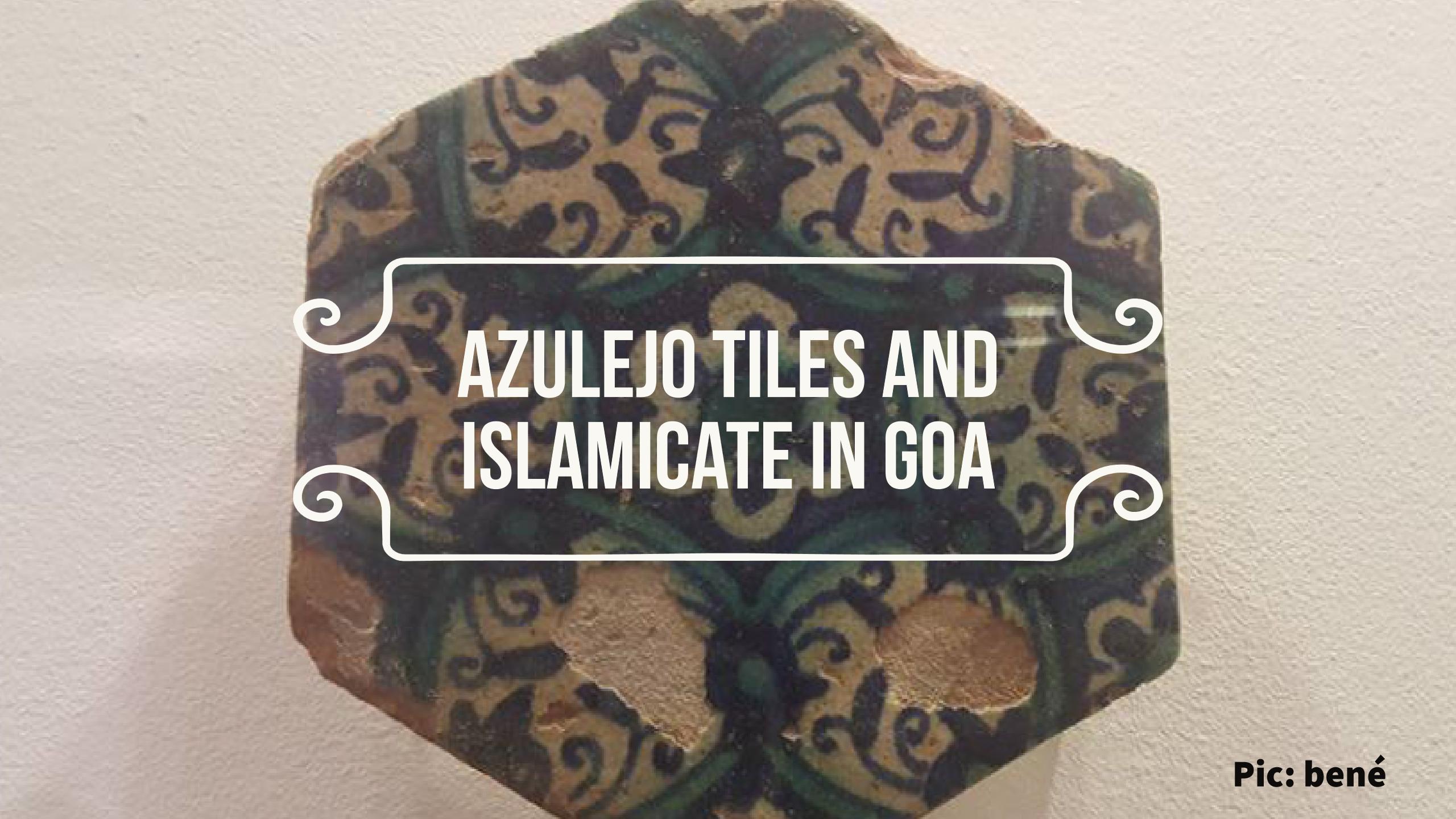Kaustubh Naik will present “To Merge Or Not To Merge’ – that and other questions”
Kaustubh Naik will make a presentation titled ‘‘To merge or not to merge’ – that and other questions’ at the weekly Research Scholars colloquium at the Delhi School of Economics, New Delhi.
Time: Friday 27th October 2017 at 11 am
Venue: Ground Floor Classroom, Dept of Sociology, Delhi School of Economics.

Abstract
Regions can be understood not merely as geographical terrains contained in arbitrary boundaries but also as modern imagined communities. In a multitude of such imaginations, it is rather imperative that one underscores the locus of these imaginations, especially to assess which imaginations get consolidated and sustained and which imaginations are written off in the due course of history. The discursive production of post-colonial Indian national identity has often written off the many attachments to culture, history, ethnicity and sovereignty that did not materialize in its current federal arrangement. In this presentation, Kaustubh will share some of his early reflections on the study of the political movement that aimed to territorially merge the former Portuguese territory of Goa with the newly formed Indian state of Maharashtra and invite us to think about the conditions influencing the regional political imaginations in the post-colonial Indian nation state, as well as the centrality of caste to these imaginations.



 R. Benedito Ferrão will present “Twenty-Five Years after Dominic D’souza: Of (De)Coloniality and (Un)Queer Reclamations” at the UW-Madison Annual Conference on South Asia’s Feminist Pre-Conference: Gender, Sexuality, and Occupation, on 26 October, 2017.
R. Benedito Ferrão will present “Twenty-Five Years after Dominic D’souza: Of (De)Coloniality and (Un)Queer Reclamations” at the UW-Madison Annual Conference on South Asia’s Feminist Pre-Conference: Gender, Sexuality, and Occupation, on 26 October, 2017.



